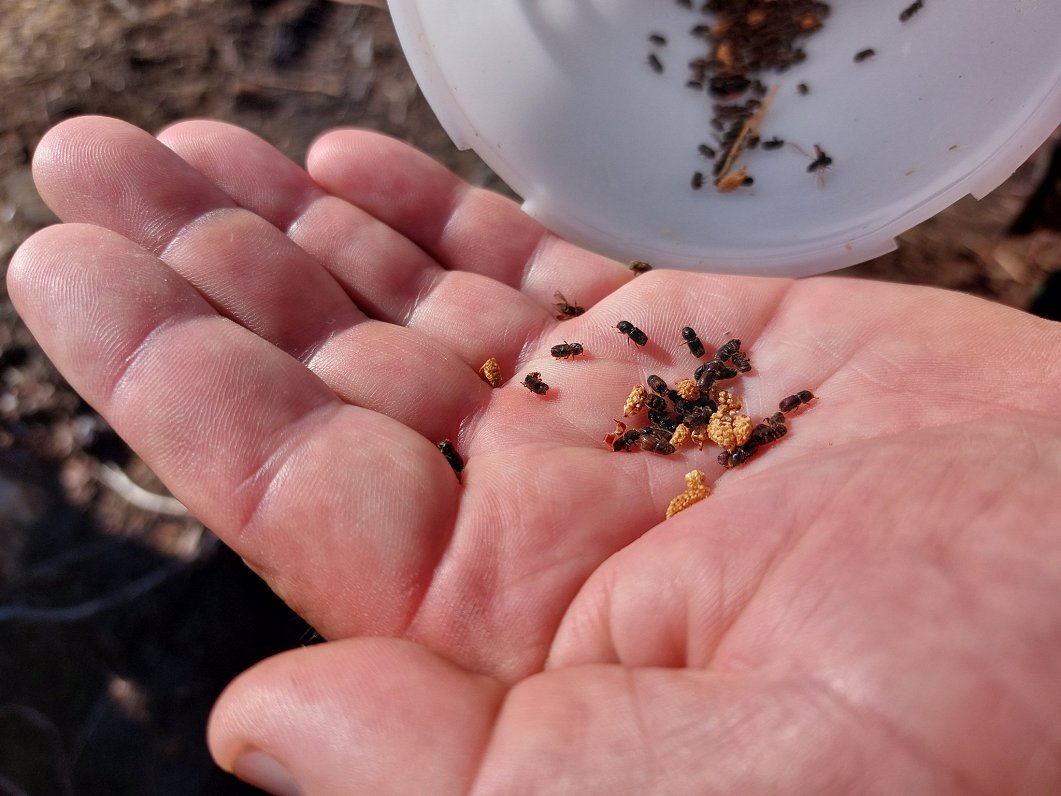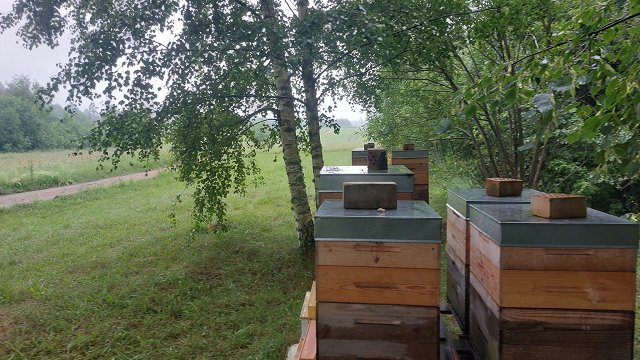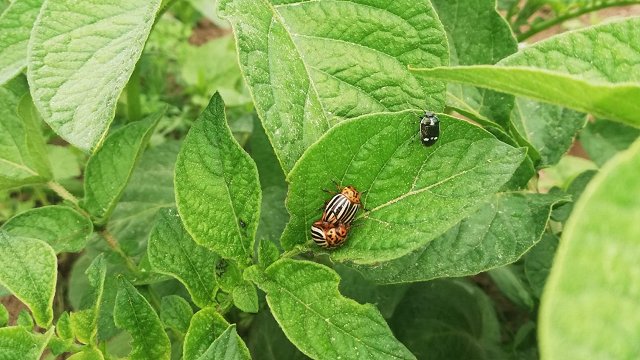It will be possible to observe the extent of the damage they cause in the middle of summer, but researchers predict that there will be no shortage of dead trees in the spruce groves this year, and the damage will probably increase even more in the Latgale region.
Restrictions on economic activity in the vicinity of spruce stands have also come into force, as previously reported by LSM, in order to limit the spread of the pest in the forests.
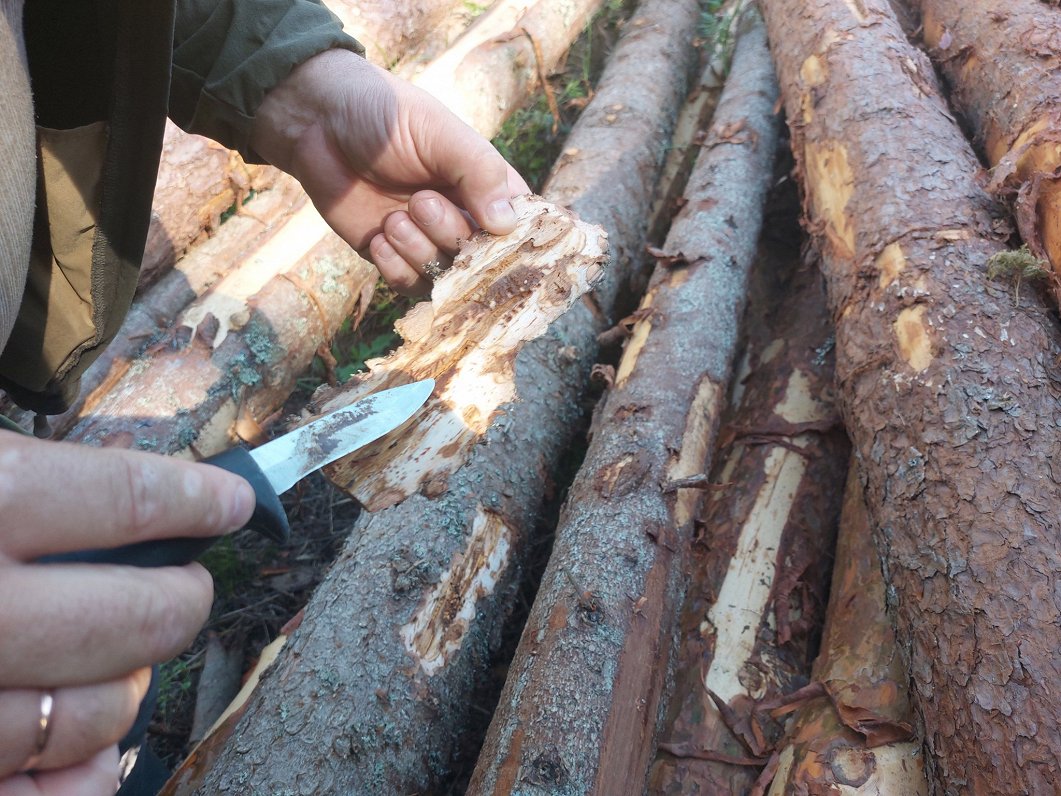
The eight-toothed bark beetle is an invasive pest. It is a 4-5 mm beetle that breeds and lives under the bark of spruce trees. The bark beetle poses a significant risk to Latvian forests, threatening spruce populations and their ecosystems. Therefore, it is important to follow the established limits and take responsible forestry measures to reduce their negative impact.
Thanks to the warm and dry weather, eight-toothed bark beetles are currently particularly active and the small black beetles can also be seen in the traps set by the State Forest Service (VMD) in the Cenu parish forest, Jelgava district.
Oskars Zaļkalns, a senior expert at VMD, said: "We are in a clearing of the forest research station, which was cut this spring. The traps are placed in several groups in this place, because there are valuable conifer forests nearby, including spruce stands, but the traps also attract bark beetles to this clearing, so that they do not go into the forest and do their damage. And now the hot weather is perfect for them, and those that are already among the trees are developing very well now. At the beginning of July, a new generation will come out, if the weather does not change suddenly."
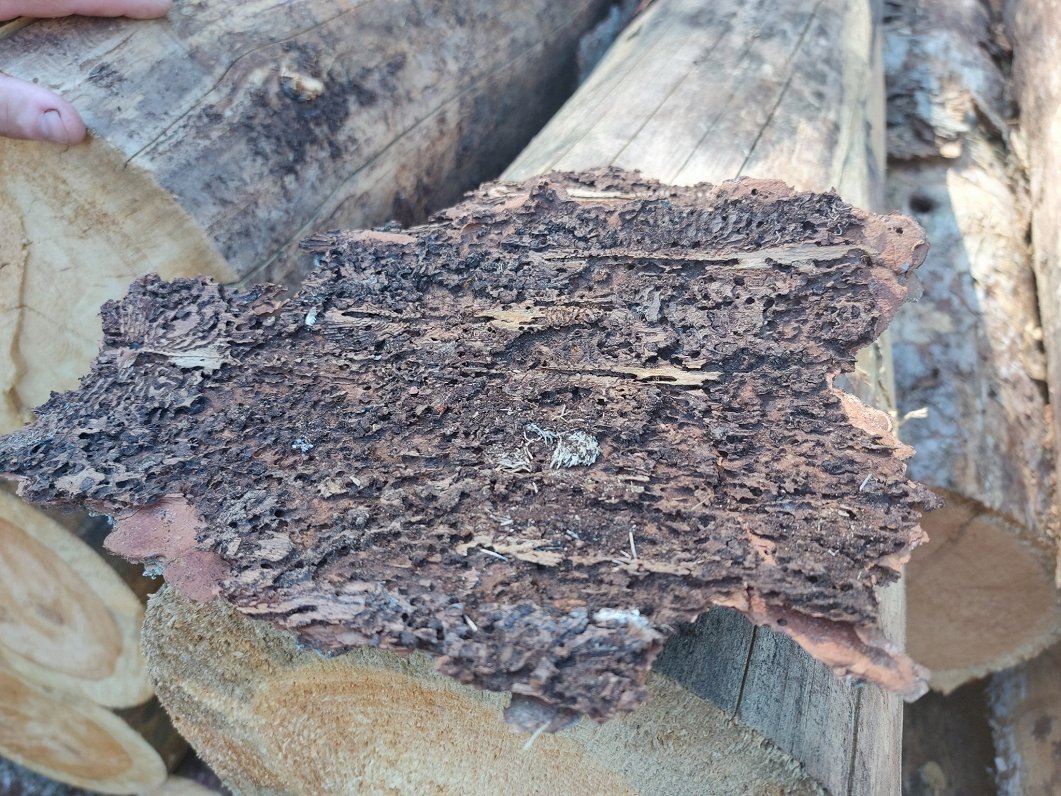
Several pheromone traps are installed on stakes and they are cleaned once a week, determining the number of beetles. Similar to last year, this year at the beginning of May there were times when there were around 8,000 beetles in one trap.
Zaļkalns showed one of the traps and said: "We see a lot here. Here are the larvae, those white ones that move, and here the mothers pass by ahead, you can see the beetle itself, which is about to lay and gnaw the next passage. Of course, the larva hatches from the egg. Let's go around and see what the old beetle site looks like. There is almost nothing in the tree itself, but the bark is gnawed away and the tree's sap circulation stops and it withers."
This year, the flying activity of bark beetles in most of Latvia started already in the first days of April, which is several weeks earlier than previously. Therefore, it is possible that even in the middle of June, the bark will peel off and the needles will turn brown, said Zaļkalns. However, he did not yet predict whether the damage in spruce groves will be greater this summer, because along with the early activity of the pest, the bark beetles also had to face colder weather conditions.
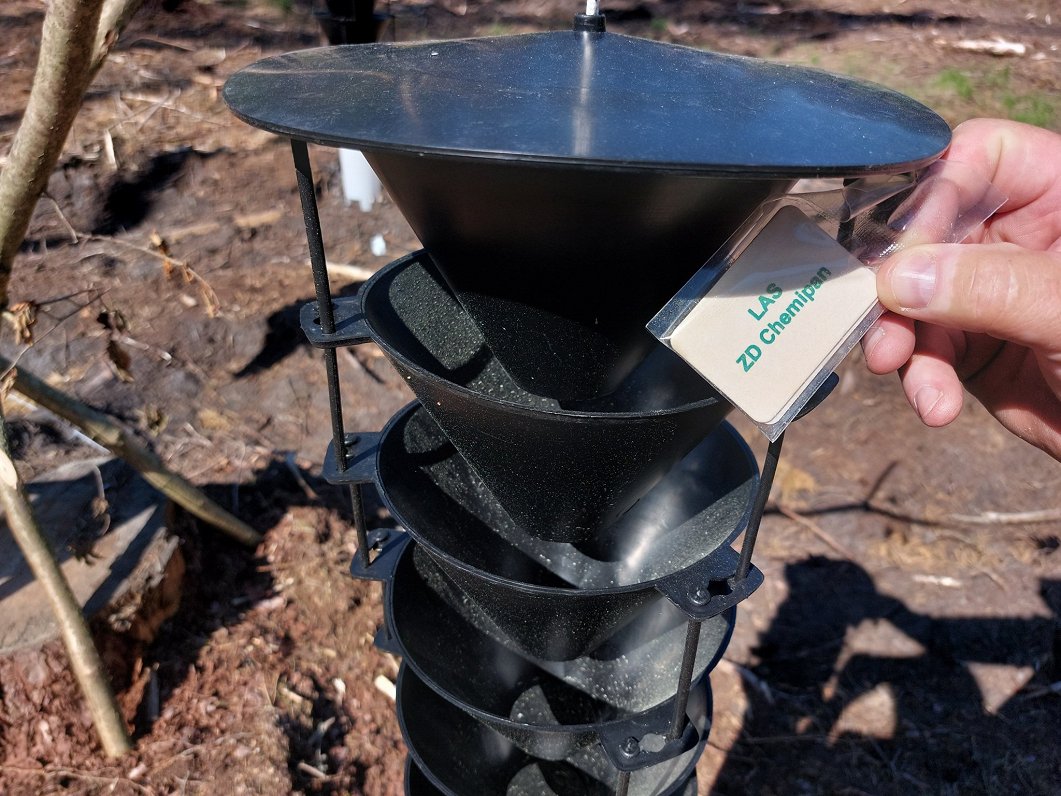
"It should be understood that sanitary selective felling is currently strongly discouraged. If I had my say, I would say not to cut, because that's how we create scent clouds with spruce or pine resin and they come to both species of trees. We see – in places quite large and beautiful pines are affected by bark beetles, and we should not challenge them. Next, if there are ten freshly infested trees, we should ask for sanitary felling, but they should be cut down quickly and the green conifers should be removed from the forest," said Zaļkalns.
The leading researcher of the "Silava" Latvian State Institute of Forestry, Agnis Šmits, assessed that there are many bark beetles this year as well and the risk of large-scale damage is high. This year, a greater activity of flying bark beetles was also observed in the previously less affected region of Latgale, for example around Rēzekne and Ludza.
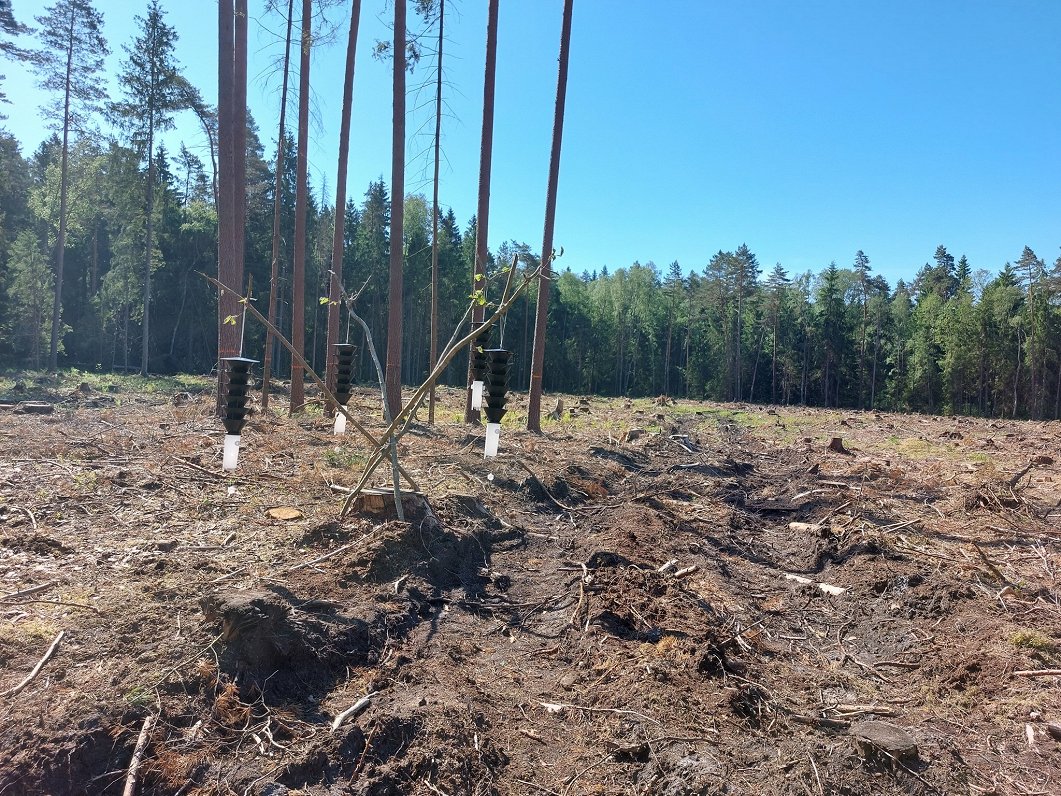
"We will see the results in the fall, but at the moment we can already tell that there will be damage, because we cannot get rid of the bark beetle so quickly. Last year, the flying activity was the highest observed so far, but despite this, the damage in the forest decreased by about 15% last year, compared to 2022, which is an important factor and it could be said that those protection measures have brought benefits. The most effective medicine against the bark beetle is if you harvest the stands continuously and use pheromone traps," noted Šmits.
The first monitoring data on the flying intensity of bark beetles this season will be made public at the end of May.
